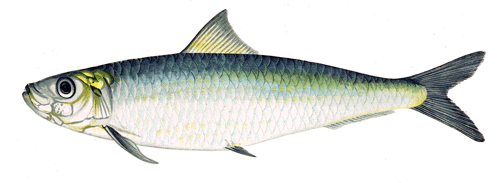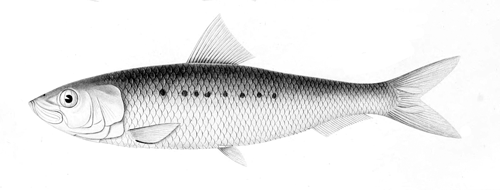When is a sardine a sardine?
- rosemarydearman1
- Aug 22, 2016
- 3 min read

My favourite lunch - particularly in winter, which it now is - is sardines on toast. Following a dictum from, I think, Jane Grigson, I have mostly tried to eat sardines canned in the Mediterranean area (well I include Portugal in this), as they are said to taste better - and I actually do think that they do. They have a real taste of the sea. However, the only brand that I think is a reasonable cost disappeared first from the supermarket shelves, and then from the Colonial Food Store in Doncaster, so I now have to wait until I go to the market to restock. You can find other Mediterranean brands in gourmet shops but they are somewhat expensive. So I started testing out all the other brands around that were a reasonable price. Aldi has two or three kinds, Woolworths and Coles too. They seem to come from either Vietnam or Thailand, or else from Canada, Norway or Poland. I'll come back to the taste test in a minute. What really got me though was my last experiment with an Aldi brand, that had, in the small print, a statement that the can may also include other fish. Is that allowed thought I? And anyway what is a sardine? So I looked into it.
And it seems that basically there is no such thing as a sardine - until it is in a tin. Well so say some sites - but this is self-evidently not true because you can buy fresh sardines. So let's try again. Initially it was the small fish found in abundance in the sea around Sardinia. Now it more or less means any small fish (below 5cm or 6 inches in length I believe is one measure), of the herring family (Clupeidae). Small fish also does not necessarily mean small in the sense that it never grows to be large, but just means small - so a baby pilchard can end up as a sardine. Here are two of the 21 varieties of fish that one standard decrees can be called sardines. The second, South American variety was apparently all but fished out in the 80s. But interestingly in some areas where larger fish have been fished out, sardines are making a comeback because they are no longer preyed upon by the larger fish.
And guess who first initiated canning sardines? Well it was Napoleon - in order to either feed his troops or his citizens - opinions seem to differ. Feeding the troops makes more sense because he needed some way of guaranteeing food for them - there was no guarantee that the peasants from the countries he was invading wouldn't burn all their crops so that he didn't get any. Canning was apparently invented back in 1795 by Nicolas Appert - for Napoleon. As I have said before - you learn something every day. I even started writing down in a beautiful notebook what I learnt each day. But like all of my projects - well most of them - I didn't continue it. Going back to the canning thing though - Elizabeth David seems to think it's invention happened in Nantes on the Loire estuary, although she does cite Nicolas Appert as the inventor. Her story differs slightly - she does not mention Napoleon and the date (1824) s a few years later - but basically it is the same. In true Elizabeth David fashion though she is indignant about all those other fish they call sardines.

Canned in olive oil is the thing - avoid all those other things if you can, unless you're a real health freak and prefer springwater.
Sardines are virtually a super food - omega-3 fish oil, vitamins B12, D, B3 and B2, a host of minerals and iron as well. The Paleo diet recommends them for all of that and the calcium that is found in the bones (I must admit I discard the bones, but I guess you could eat them - they're very tiny). And I think they are very, very tasty. Well I don't think I like the North Atlantic ones as much and the ones they call brisling are so tiny that they are a nuisance to handle. At the moment I am favouring the various home-brand varieties in oil (some are not olive oil - just oil), but I really hanker after my Mediterranean ones. They do taste better.

















Comments